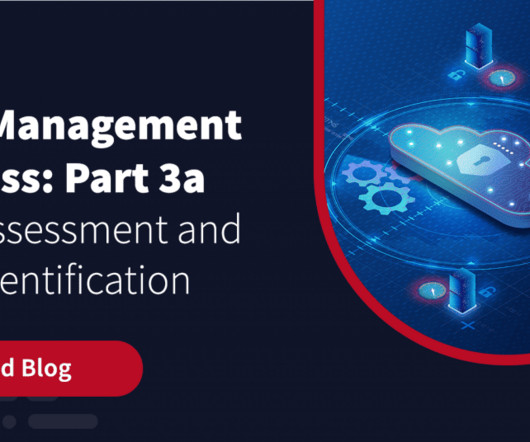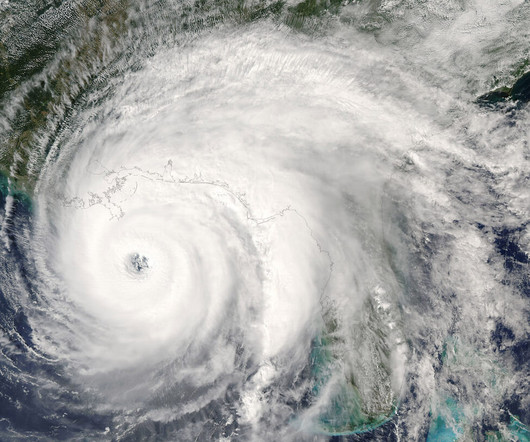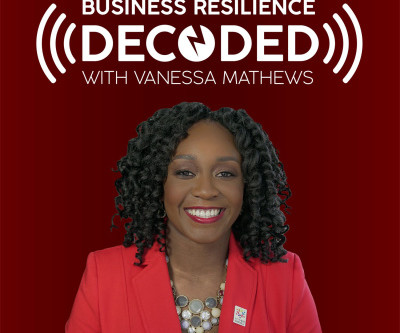7 Best Practices for Emergency Managers
everbridge
AUGUST 31, 2022
By recognizing that hazards, including severe weather events, are unpredictable and cannot be completely prevented, emergency managers can instead focus their efforts on promoting a resilient organization. A community is resilient when it can recover from a disaster or other stressor and get back on its feet as quickly as possible.























Let's personalize your content